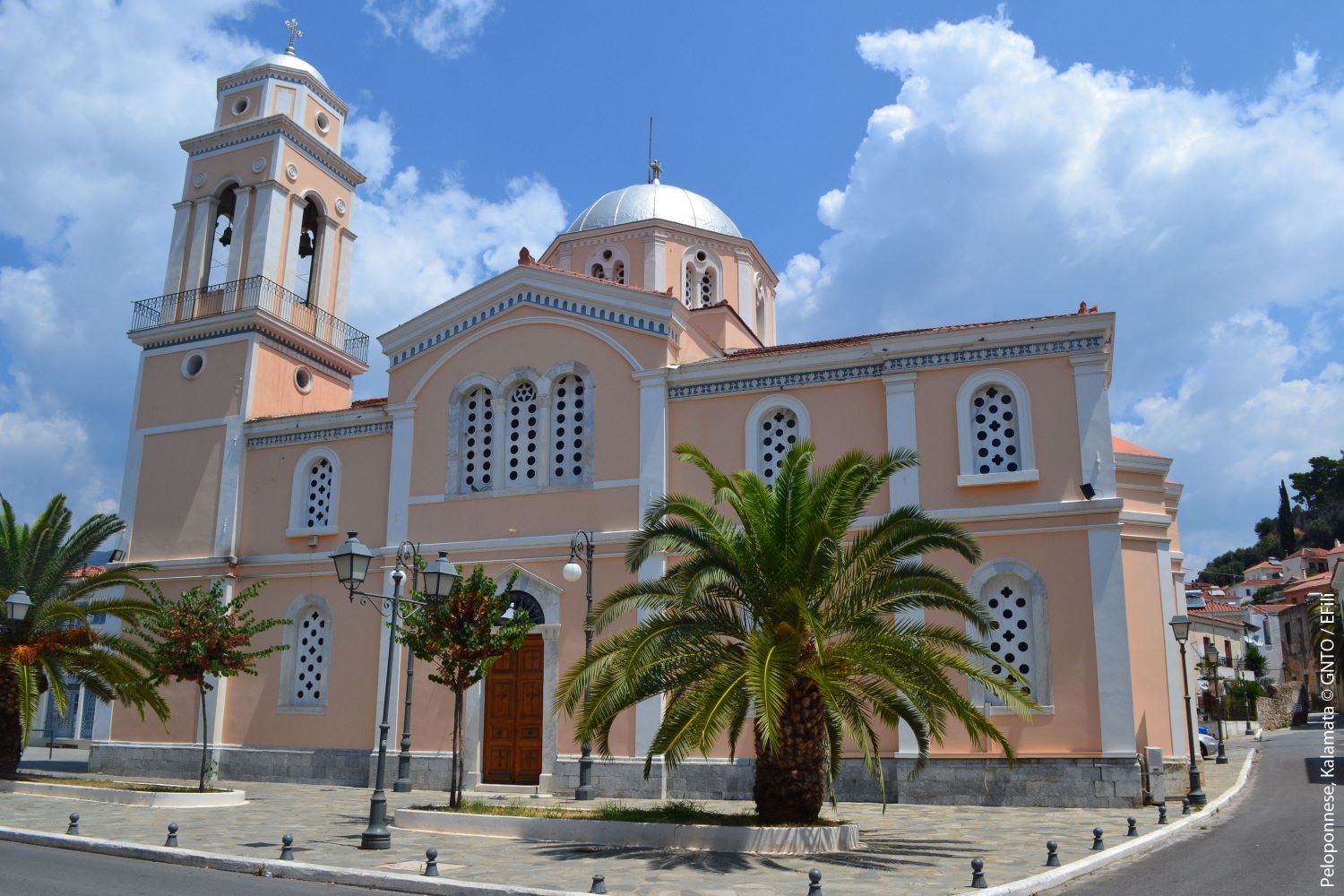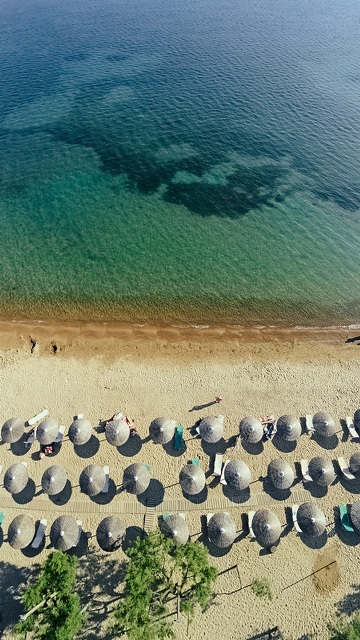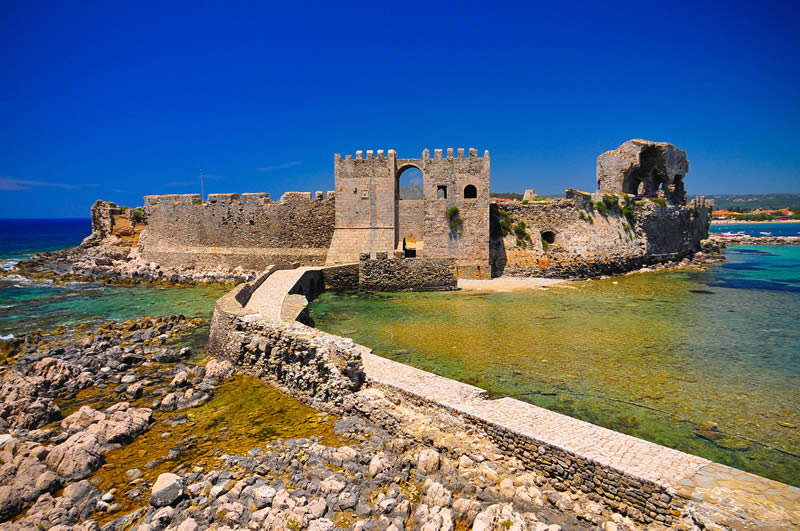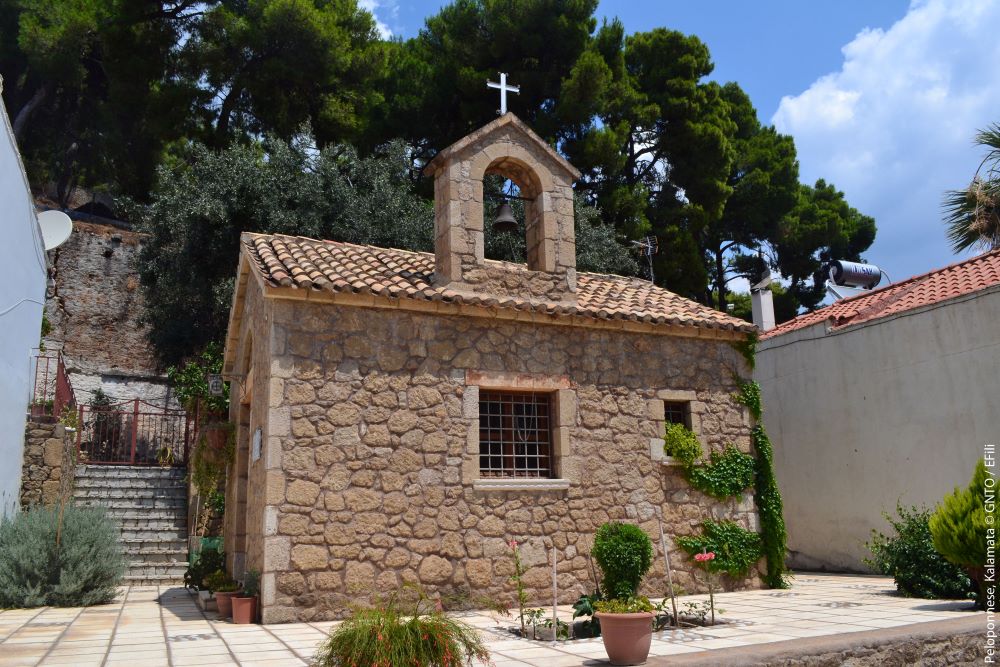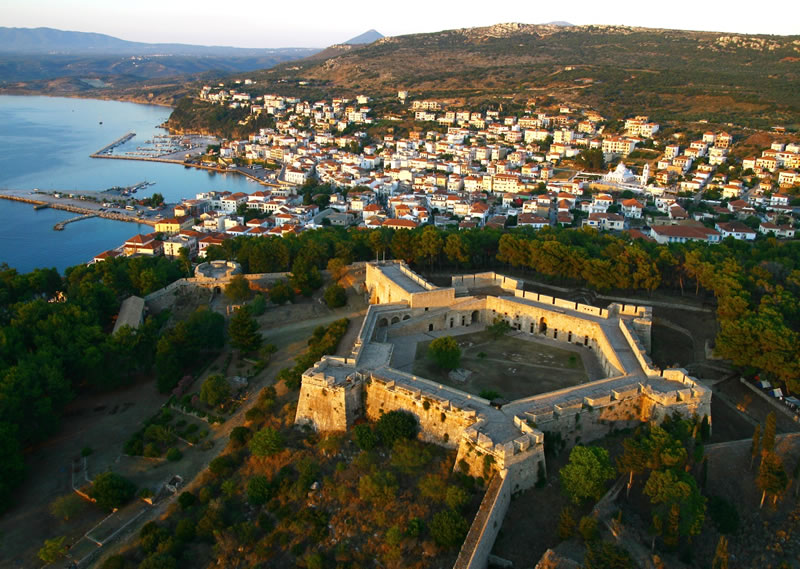Western Messinia
You are here: Home > Destinations > Greece > Peloponnese > Western Messinia
About Western Messinia
An unspoilt area of the Peloponnese with beautiful beaches, wetlands, fishing villages, lovely coastlines, great food & an abundance of history.
The bustling seaside city of Kalamata is a land of castles, ancient ruins and famous olives! The old town is a maze of cobbled streets and there’s a good selection of museums in the town as well as some of the most important churches in the region.
Koroni was once ruled by the Venetians and was an important trade and maritime centre. As the area needed to be defended, a huge fortress was built in the 13th century. This castle was considered the best-fortified castle in Messinia, if not in the entire Peloponnese. Today it is one of the finest examples of the Venetian fortress architecture and amongst the few of its kind to encompass houses and churches. A lovely town square with a church and a decent selection of coffee shops and tavernas complete the scene.
Situated on a sheltered bay, surrounded by sandy beaches with shallow waters, Finikounda is ideal for families. Its name derives from the Phoenicians who had trade links with the region. Outside Finikounda are more beautiful beaches, both sandy and pebbly. Opposite lies the island of Schiza and Sapientza. Between these two islands lies the small rocky islet of Agia Marina. These islands can be visited by boat.
Methoni’s imposing fortress is surrounded on three sides by the sea and on the fourth by a moat. During Venetian times many pilgrims, en route to the Holy Land, came to stay here. Inside the fortress is a mediaeval town including remains of a Venetian cathedral, and 19th century Turkish baths.
The seaside town of Pylos sits at the south west corner of the Peloponnese just beside Navarino Bay. This was the site of a decisive battle in 1827 during the Wars for Greek Independence. The town was built in 1829 and many of the original buildings have survived until today. At the entrance to the Bay of Navarino lies the rocky island of Sfaktiria. Here are remains of an ancient fort; it's also the burial place of Napoleon the Great's nephew.
Pylos is first mentioned by Homer in the Odyssey:
We left for Pylos, Nestor too
the shepherd of the peoples,
And He, receiving me the king,
within his halls so lofty,
Embraced me with all
eagerness as father does
his youngling
His son back from long time abroad.
Homer, Odyssey
XVII 108-112
Pylos had a deep natural harbour which meant that sea-faring was of the utmost importance here so the Venetians built a castle on each side of the harbour to defend it.
North of Pylos is Nestor's Palace; Nestor took part in the Trojan War and his town was the second largest in the Mycenaean world. Built in the 13th century BC, the palace was destroyed by fire a century later. Excavations have revealed the remains of a luxurious two-storey central building and two auxiliary buildings.
On the rock where Paleokastro was built, at the southwest end of Voidokilia beach, is the mythical cave of Nestor, son of Neleus. This is where the royal cattle were kept. According to myth, Hermes hid the 50 cattle stolen from Apollo in this very cave. There, Heinrich Schliemann located finds which dated back to Nestor’s times, proving that life existed as far back as the Neolithic period.
The Gialova Lagoon is a coastal wetland, the first important Balkan wetland that migratory birds come across in their return journey from Africa. There are over 270 species of birds, which include many rare species. Ospreys, Imperial Eagles, Marsh Harriers, Great White Egrets, Bitterns, Purple Herons, Glossy Ibises, terns, many ducks and waders and a multitude of passerines visit the wetland during migration and/or winter. Other species breed during the summer. Thousands of birds flying to Africa in autumn stop at the Gialova lagoon to rest and “refuel” for the last time before the long journey of 3000 km over the Mediterranean Sea and the Sahara desert. In spring they find there the southern-most European wetland to rest and feed again.
Kyparissia is a large town on the west coast spread out around a Byzantine-Frankish castle. Much of the coastline has decent beaches so the area is popular with families. On the slopes of the hill above the modern town is the Old Town of Kyparissia with a mediaeval castle.
Hotels to visit
Where to stay
Travel Knowledge
- We have all travelled extensively and will be happy to share our experiences.
- Personally-chosen hotels, riads, guest houses & apartments in places we know and love.
- Individual sightseeing recommendations and route planning.
- Add excursions, activities and food & wine experiences (one of our passions).
Trusted Service
- ATOL cover for flight inclusive holidays.
- One of us at Rediscover the World is very likely to have visited the hotels and travelled along the routes on your itinerary.
- Dynamic, comprehensive travel app with all your documents, maps and much more.
- Full financial protection for your holiday (TTA).
Why book a Fly Drive ?
- Accommodation choices are small, independent or family-run properties which add significantly to your travel experience.
- Stress-free arrival & departure transfer service.
- Detailed driving directions, parking info, suggested routes & sightseeing ideas.
- Fully protected for your peace of mind & financial security.
